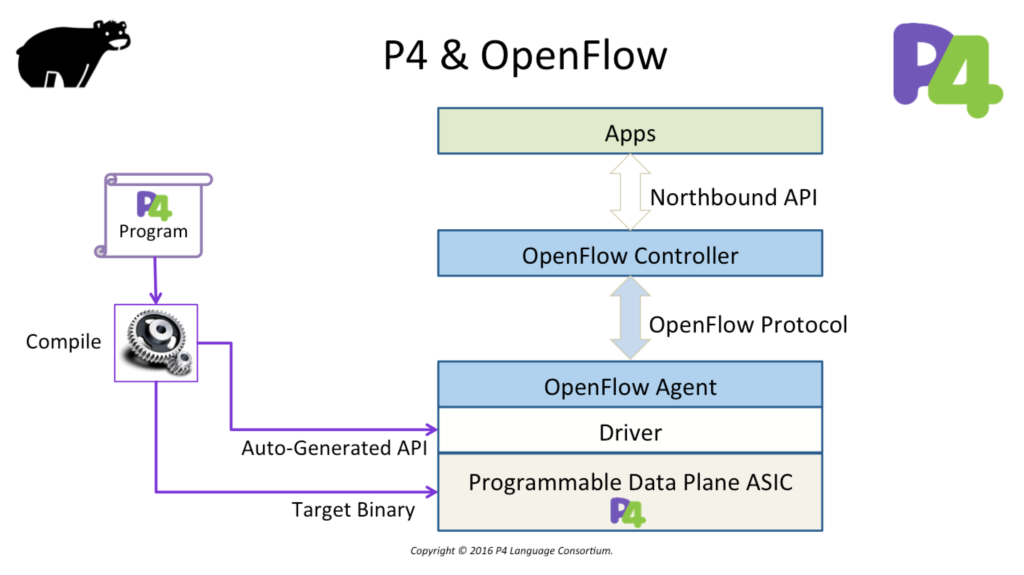Over the past few months I’ve been working hard on my new start-up company PeakFactory, it’s going really well, but for this post I want to focus on the reason why I chose to leave the companies I used to work for. I thought this was relevant, as many people have asked me why, but also in general there is a lot of discussion how to advance your career in different directions.
Why leave a comfortable and good job at all?
Back in 2013 I was working in a very good position, where I had a lot of freedom in choosing the customers I’d like to work on and was involved in all technical aspects of a project (pre-sales, proof of concepts, implementation and support). Still I had this feeling that I wanted to explore more an different areas for a wider audience. Which is why I decided to start working for a networking vendor. My main reason for choosing a vendor is that I could leverage my experience in the technology and apply it for a wider audience (maybe even worldwide)
Why work for Cisco and Juniper?
In early 2014 I got in touch with Cisco and I left my other job. I was very excited to start learning so much more about the technology and talking to customers across Europe about it. It turned out that adapting to the new ways of working, was very difficult. As a native Dutch person, I tend to have difficulty accepting authority and when you work in such a large company, there are rules to play by. This, combined with a more stricter definition of my job (pre-sales), made me never feel comfortable in the job. I never really decided to leave, until I was approached by Juniper only 2 months in my new job. I made a switch, which nobody really understood. Why work for a smaller company, when you just started working for a larger well respected company? To me it was quite clear. I like working from a position, where I have to convince people to look at alternative solutions to a given problem. You could also say I like working from an underdog position and prove to still win. Either way, I had a great time expanding my experience at Juniper.
Then why leave again? I thought this is what you wanted?
This was indeed what I wanted, but both my dad and granddad are/were entrepreneurs and I always felt the desire to have my own company as well. I’ve always worked as if my job was my own company and so it made sense to pursue this when the opportunity came.
Turning 30
I’ve worked full-time in companies on network infrastructure since I was 19. Turning 30 made me realize that if I wanted to make a switch and pursue own projects, this was the time. Combined with an opportunity to start PeakFactory with others, where I feel that our skill sets compliment each other in all aspects. Starting PeakFactory and working full-time on projects that you are almost solely responsible for is another challenging task that I have never had. Over the past few months I have learned more than ever before, but this time not 100% technology. I’ve learned about myself, how to get from nothing to something, how to sell/market new ideas to potential customers, how much is needed to be able to create a new product or service to the market and so much more. Making the decision to work full-time on my own ideas, has been the greatest jump I have ever made in ‘learning’.
The future
Nobody knows what future brings, but I’m sure I’ll keep looking for new and exciting opportunities to explore new ideas and learn more about anything. Where and how you can do this, depends on which surrounding you need to be able to achieve your goals. To conclude I’d like to say that it is very important to always keep exploring and keep asking questions to yourself if you are still in love with what you do every day.
Rick Mur



